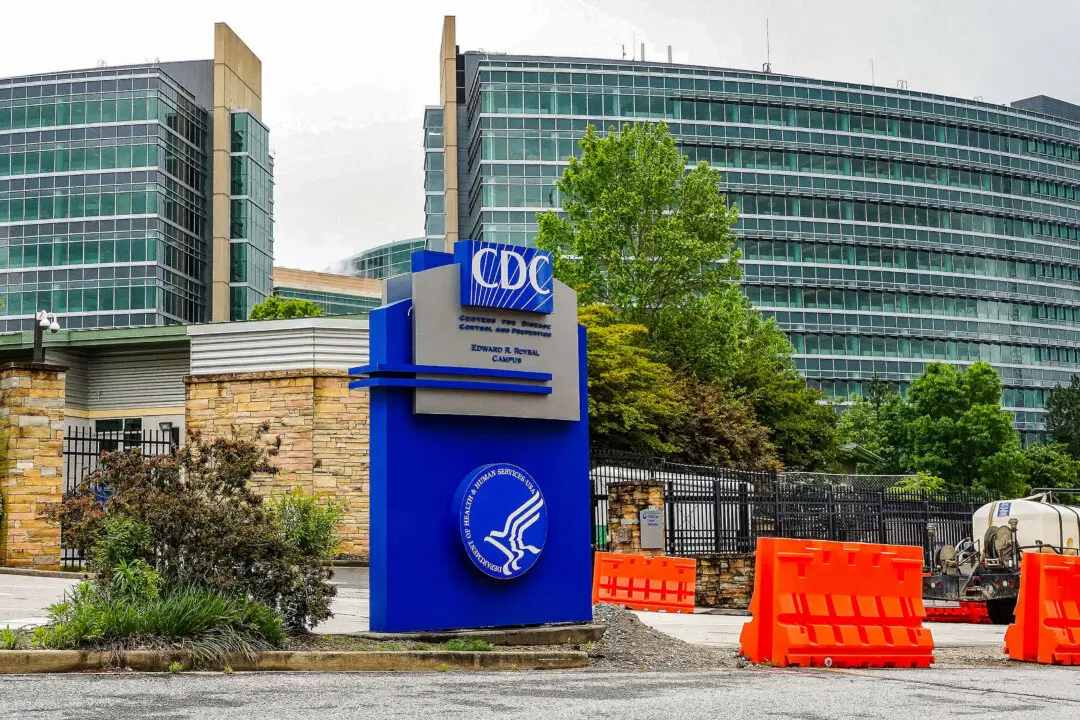The Consumer Product Safety Commission (CPSC) voted unanimously on April 5 to advance a proposal that would enable portable generators to emit less carbon monoxide and shut down the devices automatically if the odorless, potentially toxic gas reaches a certain level.
“By advancing this rulemaking process, we are taking action aimed squarely at preventing harm and saving lives,” she wrote. “The proposed rule before us sets clear, science-based expectations for manufacturers. It requires them to build safer generators with lower emissions and automatic shut-off mechanisms. The specifics in the rule match up with standards developed by industry-led organizations.”
On Twitter, CPSC Commissioner Rich Trumka Jr. pointed to data indicating that poisoning deaths caused by gas-powered generators’ carbon monoxide emissions are increasing. He also appeared to invoke mainstream narratives about climate change, writing that it is his “best guess” that the spikes in carbon monoxide poisonings are “due to the uptick in extreme weather events during which people rely on generators for power.” He did not provide evidence to back up his post.
The Portable Generator Manufacturers’ Association, an industry group, didn’t respond by press time to a request by The Epoch Times for comment. The group told ProPublica that the CPSC has “no legal authority” to implement the rule and said that the industry already has safeguards in place.
ProPublica wrote on April 5 that it, the Texas Tribune, and NBC News carried out an investigation into a spate of carbon monoxide poisoning deaths during the winter storm that hit Texas in 2021. At least 19 people died from related poisoning events, while more than 1,400 others were treated in emergency rooms.
The report asserted that less than a third of generator makers used voluntary safeguards around carbon monoxide emissions, adding that “manufacturers had not done enough to prevent carbon monoxide poisoning.”
“This problem will not correct itself. In fact, we expect incidents with consumers dying or being injured will likely increase,” Janet Buyer, a CPSC engineering manager, said in a recent meeting, according to the report. She made reference to an incident in Louisiana where a woman lost her power during a hurricane and placed generator inches from her home with the exhaust pointing inside the home.
The Portable Generator Manufacturers’ Association disputed the CPSC’s claims that few manufacturers are using voluntary standards in the ProPublica report. Around estimated 60 percent of available generators will have related safety features by the third quarter of this year, stated Susan Orenga, executive director of the trade group.
The manufacturers of portable generators, the Centers for Disease Control and Prevention, state agencies, and even the CPSC have, for years, warned people about not using gas-powered generators indoors. Like gas-powered internal combustion engines, generators emit significant amounts of carbon monoxide that blocks oxygen from getting into the body, causing poisoning deaths. Generators come with instruction manuals that issue warnings about the common phenomenon.
The public will have 60 days to comment on the CPSC’s proposed regulation. The final vote will be held in September, according to ProPublica.
The vote comes months after regulators in California voted to ban the sale of gas-powered generators starting in January 2028, although it will still be legal to own and operate one in the state. In December 2021, the California Air Resources Board announced rules to ban sales of the generators unless they “meet zero-emission standards.”





